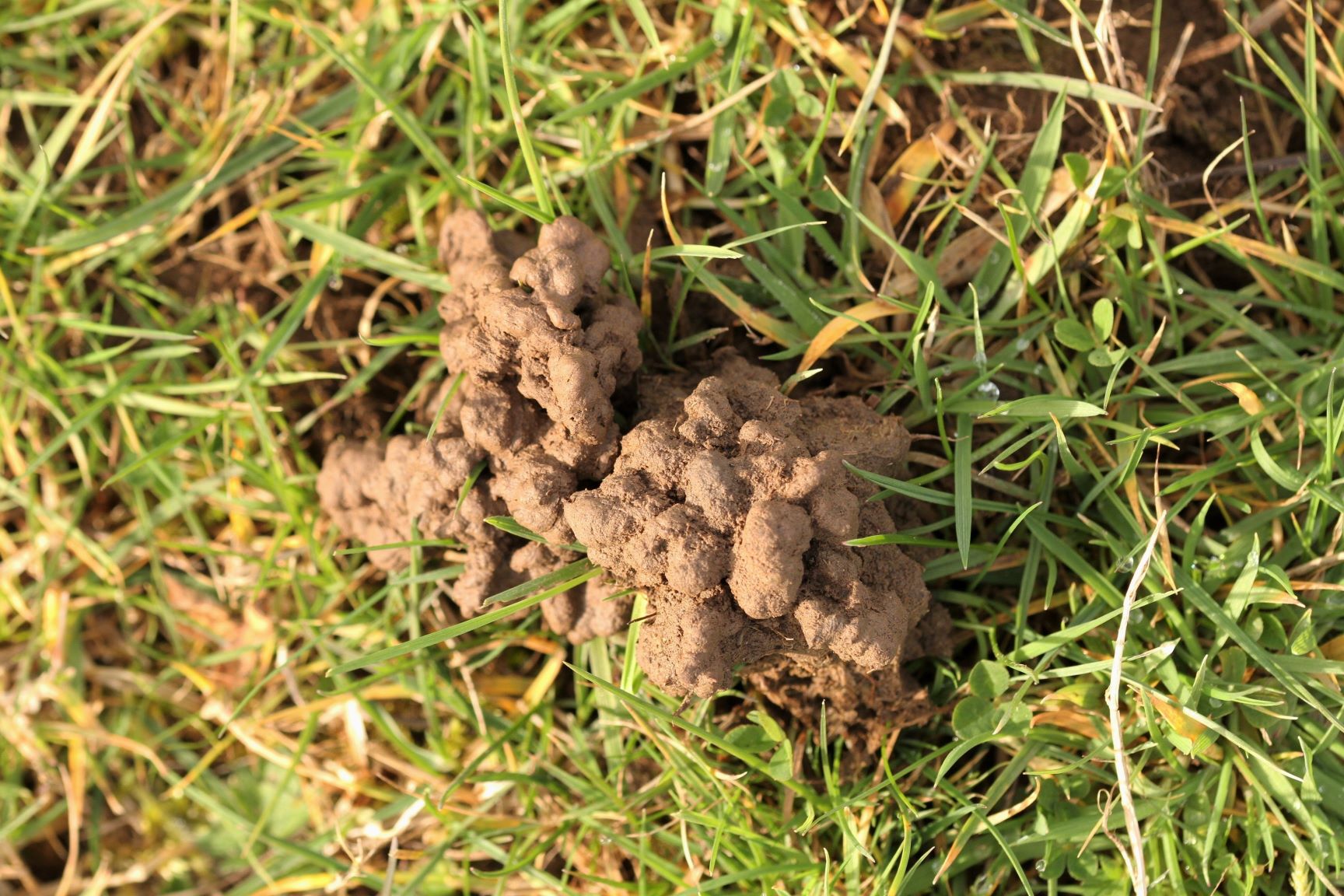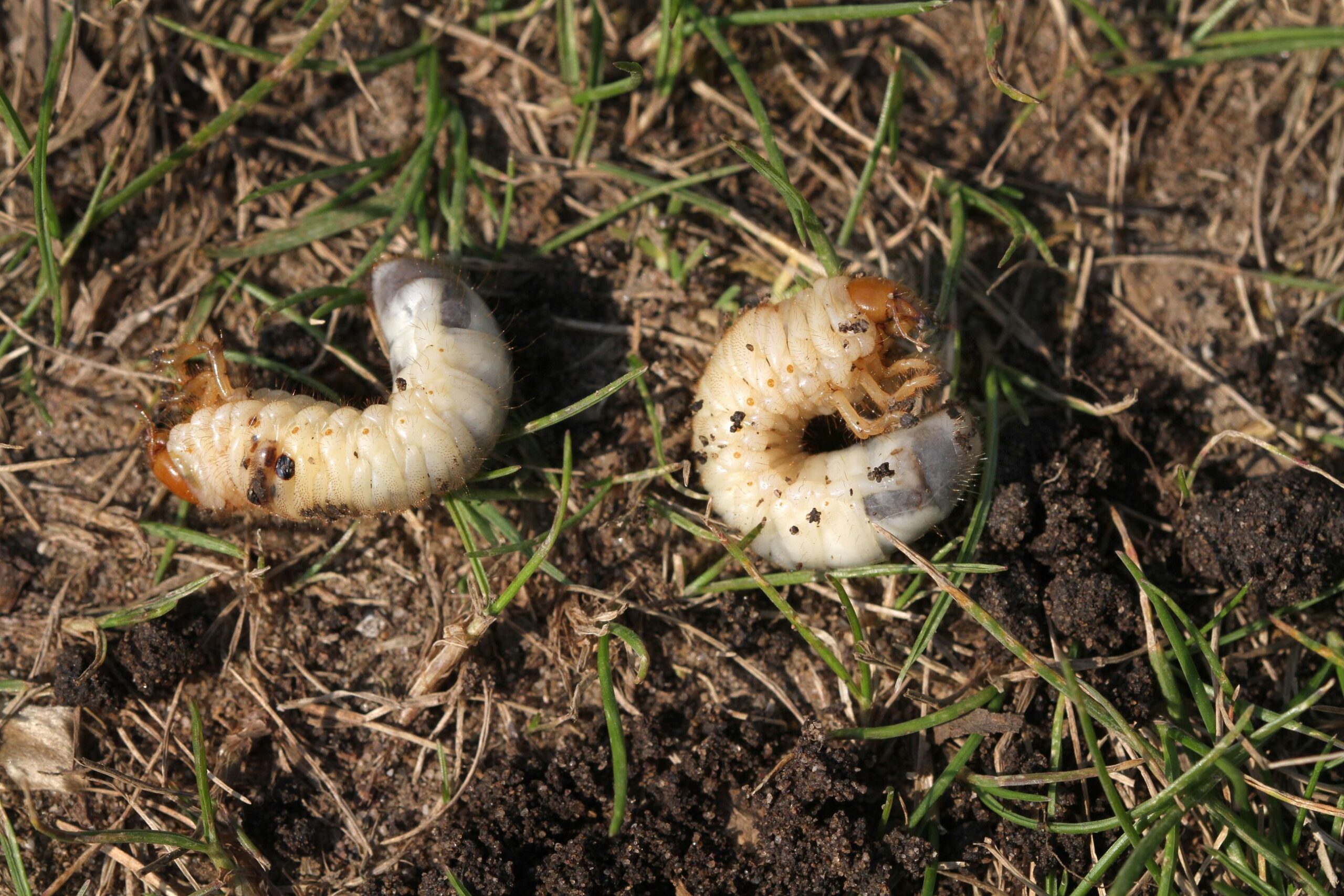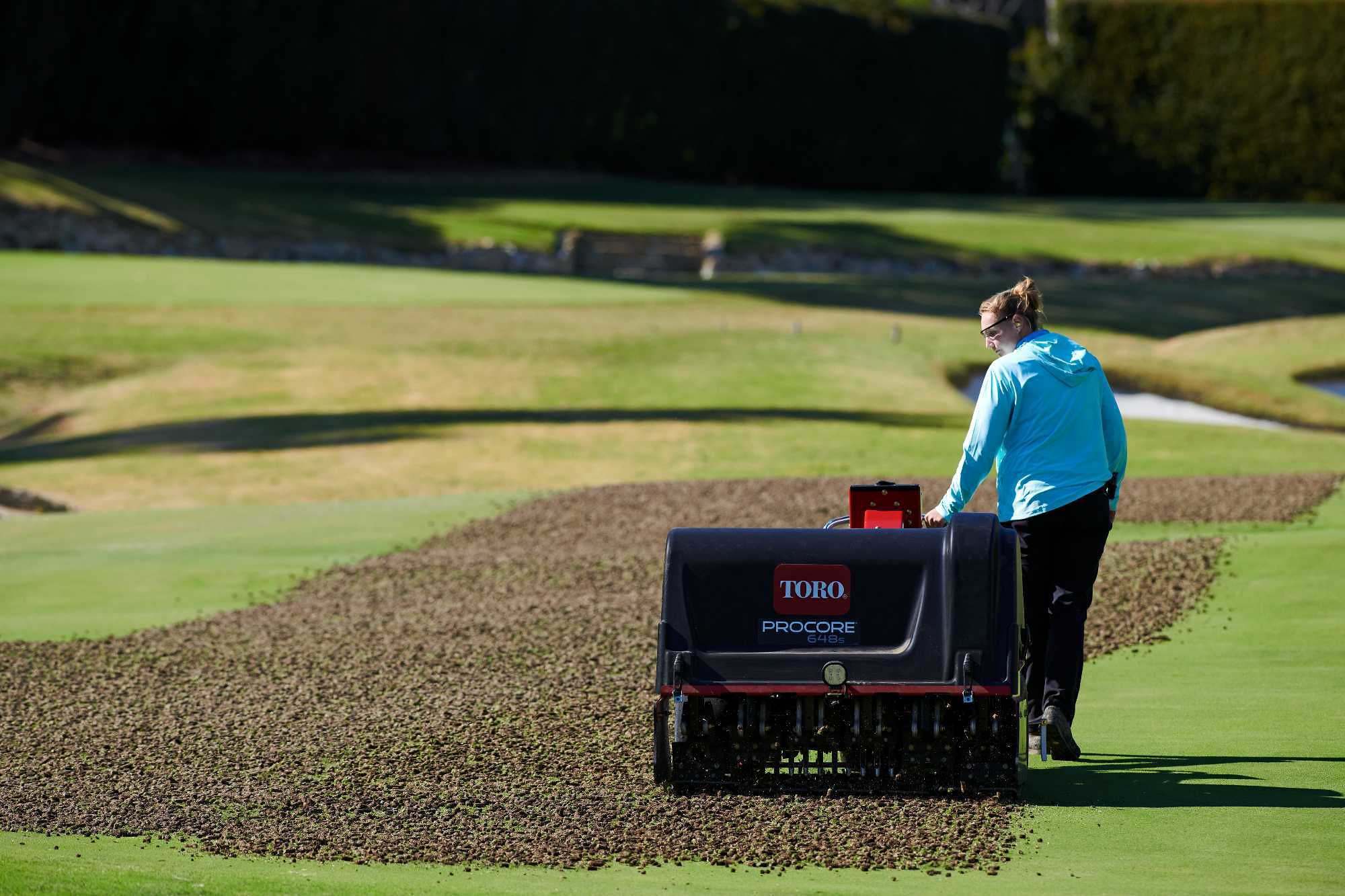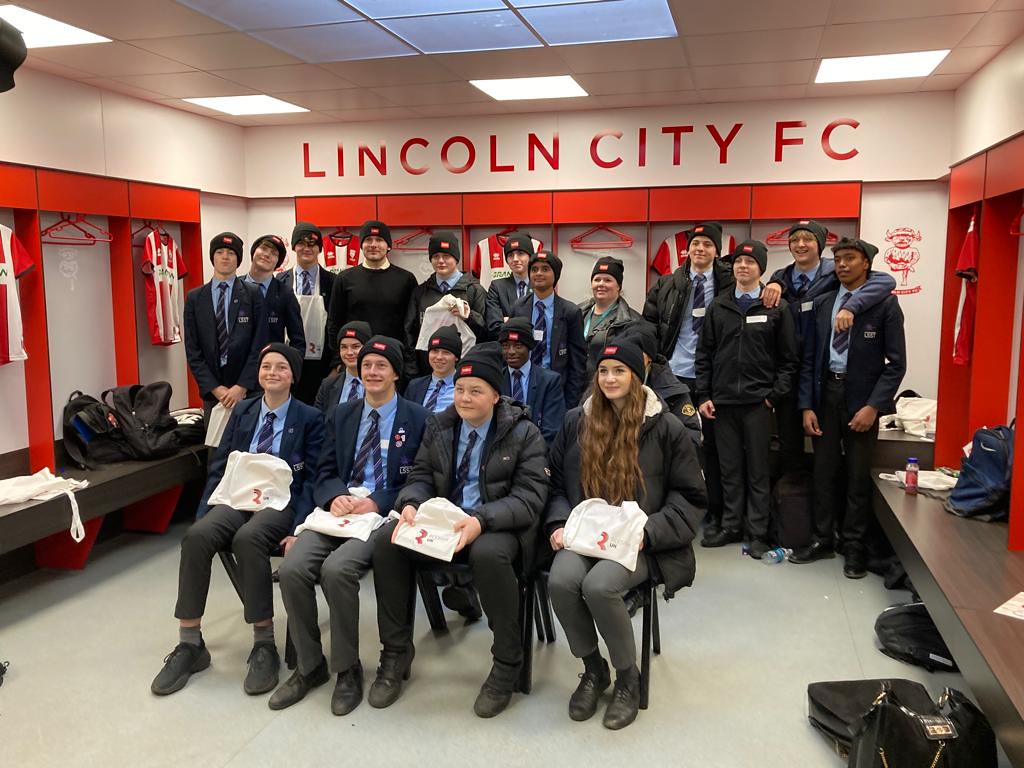Hot topics of conversation: What’s on greenkeepers’ minds in 2023?
The last year has seen the landscape change both figuratively and literally for greenkeepers and golf clubs. With challenges to be seen on all fronts from the economical to the ecological, what are the most pressing issues on greenkeepers’ minds?
By looking into the most popular search terms, speaking to our contacts in the industry and tracking social media engagement, we’ve been able to pull together the top five subjects generating the most conversation.
1. Worm casts
Greenkeepers and earthworms may have a love-hate relationship when it comes to their impact on the golf course. On the one hand, they can keep the grass in great condition for golfing – they’re vital to the natural ecosystem, modifying soil properties with their burrowing and breakdown of organic matter, and their tunnels aid the prevention of soil compaction by allowing water and oxygen down into the soil providing precious nutrients for grassroots.
On the other hand, they create casts; small mounds of deposited soil-rich faecal matter on the fine turf that disrupts the playability, aesthetics and maintenance of playing surfaces which can be irritating for greenkeepers and golfers.
But this is not a new situation, so why is it now? In the past 20 years the problems of worm casts have become more widespread because the residues of old, highly persistent chemicals such as chlordane and lead arsenate which are now banned in greenkeeping are finally dissipating from soils and no longer performing cast suppression as they once would have.
How to combat the issue?
When it comes to controlling earthworm activity, it’s about finding the balance between finding a solution to reduce casting while not eliminating the earthworms and their benefits to the soil structure altogether.
One of the cultural controls greenkeepers can put into place is removing the surface litter and grass clippings from the turf that worms feed on. The removal of these will discourage surface-feeding worms and reduce the population of the casting species.
Alternatively, greenkeepers can reduce casting by creating a less hospitable habitat for the worms to live in by adding acidifying fertilisers and abrasive angular sands through sand topdressing.
The good thing about this earthworm control method is that it doesn’t eliminate the worms altogether, it just drives them deeper into the soil profile, reducing casts on the surface and promoting a smooth putting surface without losing the benefits of worm activity.

2. Leatherjackets
The tiniest of pests can cause the most devastation. That’s exactly the situation that occurred in 2020, when perfect weather conditions combined with the removal of the chemicals keeping pests at bay which allowed leatherjacket and chafer grub populations to flourish. These pests and the predators that hunt them caused carnage across many golf courses in the UK.
Both insects feed on the roots of the grass plant as they emerge from aeration holes, leatherjackets on greens and chafer bugs on fairways and roughs, meaning the turf can’t take up nutrients, causing it to weaken over time and leaving it susceptible to weather damage. They also attract birds and badgers that pay no mind to digging up pristine fine turf to reach their next meal.
The topic of conversation is could this happen again in 2023?
The drought of summer 2022 proved to be a double-edged sword when it came to leatherjacket populations as the dry ground reduced adult crane fly populations and their larvae in unirrigated areas such as fairways (though it should be noted that drought conditions have done very little to limit chafer populations).
The drought however also impacted the overall health of the turf, meaning it’s perhaps less hardy and able to stand up against sustained leatherjacket and chafer bug damage.
Challenges may arise when the pest larvae population increases to a level that it overpowers the turf. The UK’s colder than usual spring means that greens may not have had the necessary opportunity to outgrow feeding larvae.
So what’s the solution?
In past years greenkeepers have gone to great lengths and expended much labour in an effort to limit the damage caused by leatherjackets, such as covering greens with tarpaulin sheets.
The lower leatherjacket populations this year means there is likely an easier solution. If the issue is weaker greens not being able to withstand even lower pest numbers, then the answer is a robust maintenance plan to keep greens as healthy as possible to limit damage.
A sturdy irrigation system to support turf during the drier months, with spraying systems that are able to reach targeted areas of the course, as well as well-timed aeration and mowing for optimum growth are all key.

3. The ever-evolving weather
With the impact the weather has on golf course maintenance, it stands to reason that the extreme temperatures and weather conditions and the changing climate are of primary concern for most greenkeepers across the country.
Moreso as we’ve experienced what the Met Office described as ‘unsettled weather’ this Spring – reportedly the south of the UK has seen double the amount of average rainfall that’s typical for this time of year – but that doesn’t change the fact that we’re still expected to suffer a drier than usual summer. In fact, with last year’s droughts still fresh in the mind, no one is going to be thrilled to hear weather scientists are forecasting a weather phenomenon called El Niño bringing “much warmer” weather across Europe in the summer of 2023.
With the increasing regularity of drought, the discussion of maintenance practices have turned from being reactionary and instead greenkeepers may be looking to act early to protect their turf.
Coping with the weather
We don’t need to go into the science on the effect of heat and drought on the grass plant or treatment; most people reading this will have tackled and conquered that last summer.
What is different since last then is that there is a new Toro aeration machine out – and we all know how vital a process aeration is in terms of relieving compaction for maximum benefit. The ProCore 648s will be a welcome new piece of artillery in the fight against the weather.

4. Recruitment and staffing shortages
Staff shortages have been something the golf industry has been dealing with for the past few years, made worse in the aftermath of the pandemic. While the sport may have seen a boom during the period, the realities of Covid-19 caused many greenkeeping staff to reevaluate their job status and change careers.
Add to that, the more recent cost of living crisis and a subsequent push for increased wages to accommodate and you have a problem. Namely, while some industries are able to easily adapt to these changes, the process can be more laborious for golf clubs who often need decisions to go through a member’s committee for approval. And committing more funding to the same number of staff had previously can be a hard sell.
In areas that may have more than one golf club within a small area, this shortage of staff often sees courses fighting over the same pool of candidates. A head greenkeeper or course manager in particular faces the challenge of juggling busier tee sheets and increased course maintenance with the need to retain the staff they do have – with staffing shortages the risk is pushing existing team members too hard. Increasing the number of people being recruited into the industry is essential.
Today’s reality is that currently, 40 percent of the industry’s workforce is over 50 years old and, without an influx of new recruits, this could result in a significant employment gap within five years.
With this in mind, it is more important than ever to usher the younger generation into the turf management industry, something that has historically not been an easy task. Reesink works with many of the industry’s key associations such as BIGGA to support the young talent in the industry, providing opportunities for learning and career progression.

5. Mental health in greenkeeping
Ushering new people into the industry is essential, but clubs are becoming increasingly aware that retention is as important as recruitment. In 2022 BIGGA reported that one in three greenkeepers were looking for work outside of golf according to a survey of 1,300 UK greenkeepers.
One of the ways clubs are looking to combat this exodus from the industry is to provide better support networks for staff to improve mental wellbeing within the industry.
In fact, BIGGA has pledged to create 100 mental health first aiders during 2023, who will receive training to support greenkeepers and other clubhouse staff through any mental health concerns.
The GCSAA Conference and Trade Show in Orlando ran for the first time this year an education session named, “No one is an island: A guide to health and mental wellness at CTS” which was open to all trade show attendees.
With these organisations taking steps in the considerations of mental health in greenkeeping, it could mark a substantial change in the number of employees remaining in the industry as they begin to feel more supported.

Clearly there’s plenty on your minds when it comes to greenkeeping in 2023 and while there will always be challenges and issues, one thing you can rely on is Reesink Turfcare for quality machines and quality service. To learn more about how Reesink can help to support your club contact 01480 226800